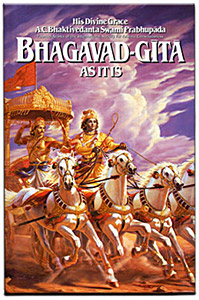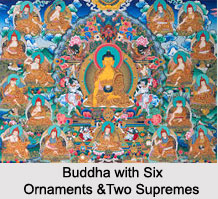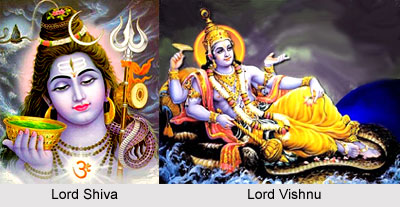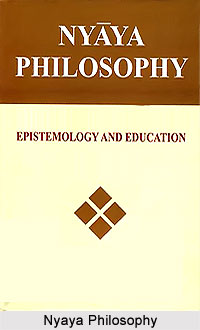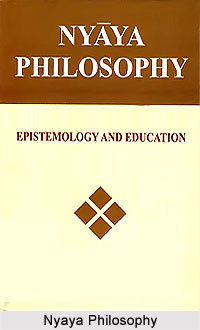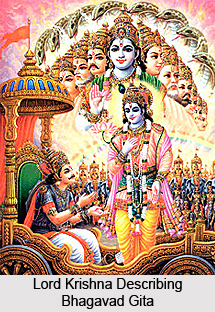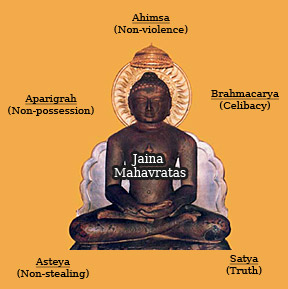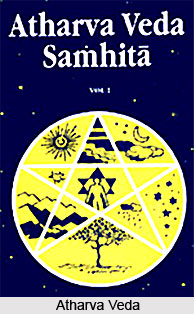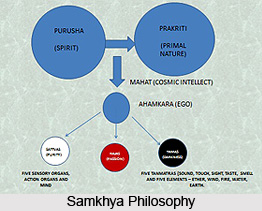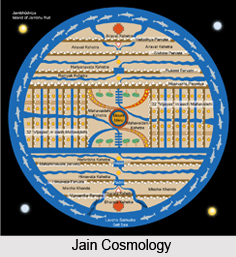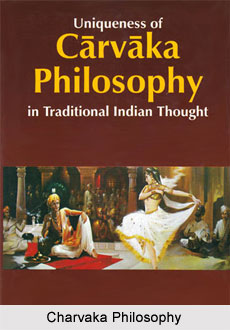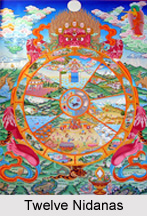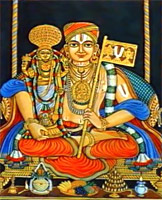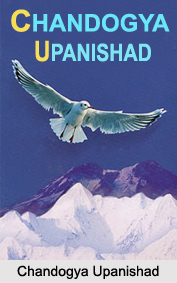 Chandogya Upanishad, one of the primary Upanishads has been written during the Vedic Brahmana period. It is related to the Sama Veda and consists of eight chapters. Many references have been made in the Brahma sutras from this Upanishads. The 15th Khanda of second chapter of Chandogya Upanishad states about meditation on the Vairupa Saman. Here, the syllable Him is the gathering of the mists, the Prastava is the forming of the clouds, the Udgitha is the rain, the Pratihara is the flashing and thundering and the Nidhana is the ceasing of the rain. This is the Vairupa Saman as interwoven in the clouds. One who is aware of this and realises the Vairupa Saman as interwoven in the clouds gets cattle of various forms and of beautiful form. He is able to live his life completely and happily. His children give him respect and he is able to own cattle. He obtains name and fame far and wide.
Chandogya Upanishad, one of the primary Upanishads has been written during the Vedic Brahmana period. It is related to the Sama Veda and consists of eight chapters. Many references have been made in the Brahma sutras from this Upanishads. The 15th Khanda of second chapter of Chandogya Upanishad states about meditation on the Vairupa Saman. Here, the syllable Him is the gathering of the mists, the Prastava is the forming of the clouds, the Udgitha is the rain, the Pratihara is the flashing and thundering and the Nidhana is the ceasing of the rain. This is the Vairupa Saman as interwoven in the clouds. One who is aware of this and realises the Vairupa Saman as interwoven in the clouds gets cattle of various forms and of beautiful form. He is able to live his life completely and happily. His children give him respect and he is able to own cattle. He obtains name and fame far and wide.
This article is a stub. You can enrich by adding more information to it. Send your Write Up to content@indianetzone.com


